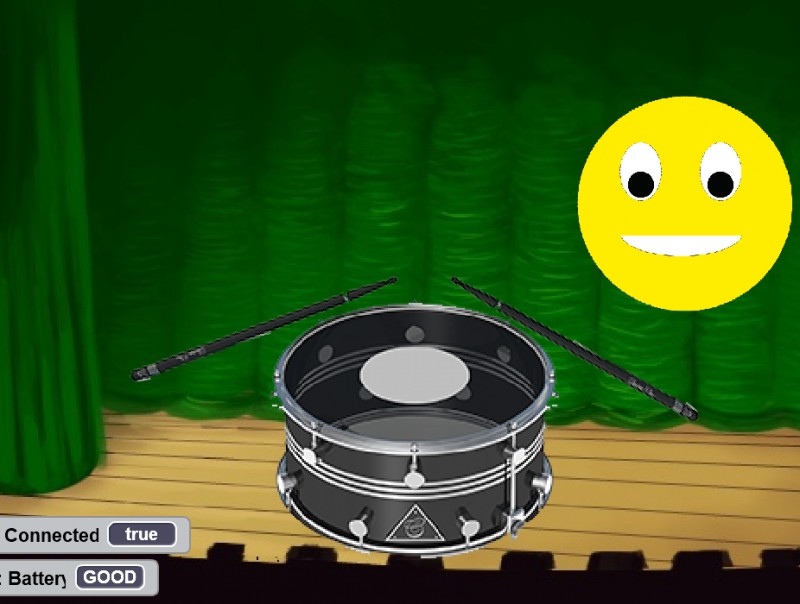The Drum
Target
Childhood from age 3.
Goals

Fields of experience
- The self and the other
- The body and movement
- Images, sounds, colors
- Knowledge of the world
Skills
- Functional alphabetical competence
- Mathematical competence and competence in science, technology and engineering
- Digital competence
- Personal, social and learning to learn competence
- Competence in cultural awareness and expression
Life Skills
- Improvement of self-awareness and self-consciousness
- Improvement in Emotion Management
- Increased Creative and Critical Thinking
- Ability to make decisions and problem solving
- Improvement in effective communication skills
- Stress management
- Empathy
- Negotiation and conflict management skills
Subjects involved
- Mathematics
- Music
- Art and image
- Geography
How to propose the scenario
Children are given simple instructions with a clear definition of objectives. The introduction to the scenario could be done with the common creation of a poster with the rules or a specially designed teaching card to be included in the notebook. The content of the scenario allows links to scientific and literary subjects.
Examples of activities:
- We build a drum: starting from the use of recycled material we build and paint a drum that will serve as a “fake” base for the scenario.
- Realization of drum sticks with rods and recycled fabric to allow a reflection between “analogical” and “digital” use of the drum instrument.
- Realization of didactic cards on the concepts of: pulse, beat and musical scale and their implementation through the use of Roboable.
- Realization of an intercultural project related to the use of the drum in different cultures of origin of children. Putting into practice through the scenario of different musical “styles”.
